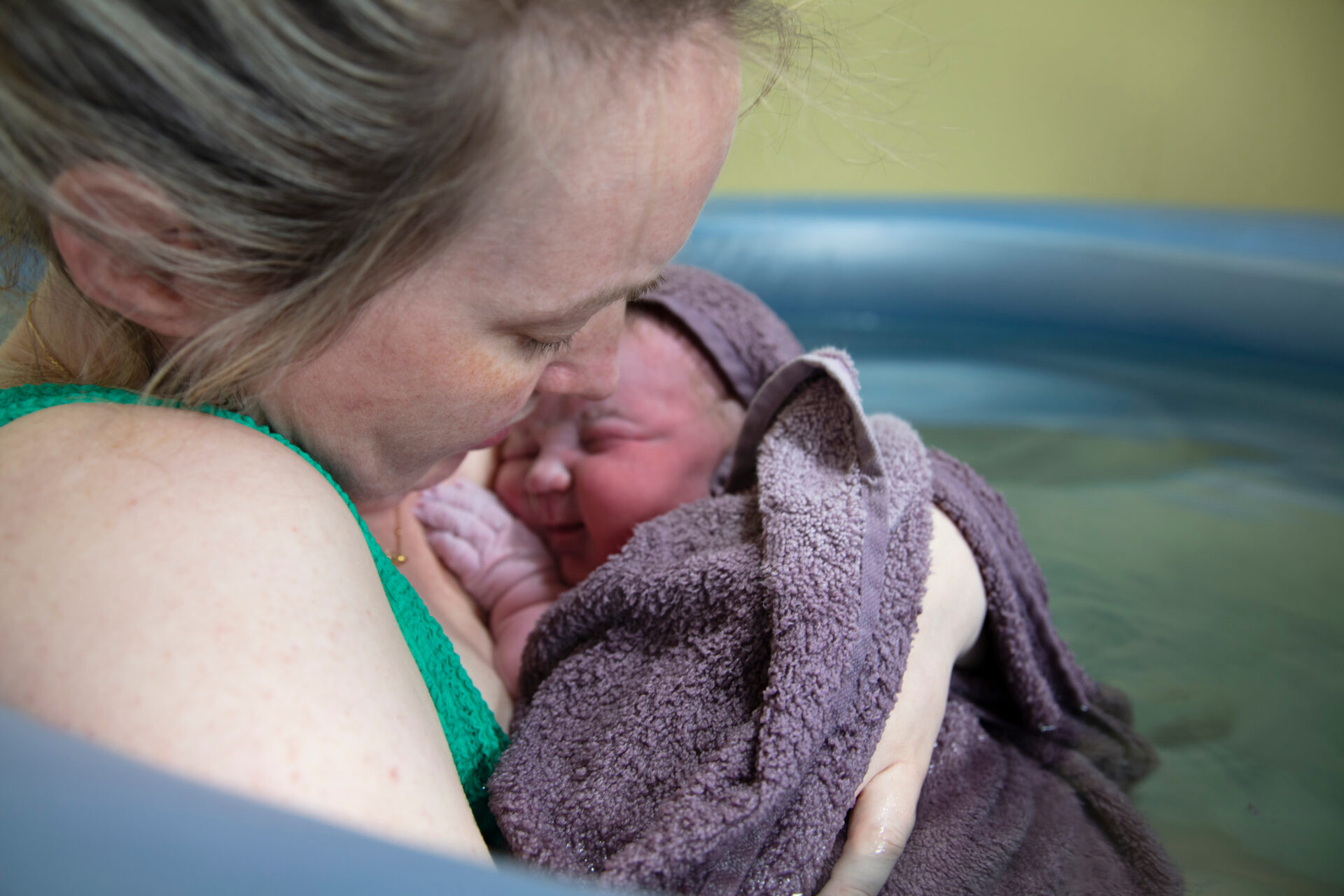
Women on the Central Coast of NSW Can Now Give Birth at Home Under Public Program
Women on the Central Coast of NSW now have the option of giving birth in the privacy and comfort of their own home, thanks to a new program implemented in late 2023. Funded under the public health system, this program facilitates home births for women and families who would prefer to forgo the hospital and elect to remain at home for the duration of their birth.
Home births have been shown to result in less interventions, thereby reducing the trauma experienced. Not only does it reduce the chance of having a caesarean section, it also reduces the chances of newborns needing to be admitted to a special care nursery.
The benefits reach further, too. Home births allow partners and family to be more included, resulting in a more positive experience overall.
Lynelle Hill, the Director for Women, Children, and Families for the Central Coast Health District, says that its vital that women have this choice.
“I believe it’s a fundamental human right of every woman to have a choice about where she births.”
Of course, those who elect to give birth at home don’t do so without support. Trained midwives are on hand, not just to facilitate the birth, but also to ensure that nothing goes wrong during the delivery.
“Our midwives are very skilled in picking up very early what isn’t going well during the birth. So they have training, extensive training in being ready for what that looks like. And clearly our first step is to move to the hospital. As soon as we see something’s not going to plan, we work really closely with New South Wales ambulance to make sure that we have timely transfers to hospital.”
On the Central Coast the service is through the Central Coast Maternity Services at Gosford Hospital. If someone needs to be transferred, then there is a full medical midwifery and paediatric team waiting to support the woman upon arrival.
One surprising side effect of home births, is a reduction in medical waste. Lynelle explains that they have been comparing the medical waste from a home birth with the same waste for the same type of birth in a hospital.
“We’re looking to be saving about three kilos of waste per birth for women who birth at home, just by the less use of plastics, the associated waste, along with the medical nitrous gases that women use in hospital. We’re comparing a similar group of women who don’t use that at home, because there’s no nitrous gas at home for women who birth at home.”
“We’ve done some very rough figures, and it looks like we’ve got a carbon footprint reduction of about 10 car trips to Queensland so far just by the 16 women who’ve birthed at home. It’s those little tiny measures that you see over time that a health district pays a lot of money in linen.
So far in NSW there are six local health districts providing access to home births through the public health system. Lynelle hopes that these services will continue to grow, not just around NSW, but also across Australia.
“I absolutely hope for the women of Australia that more and more health services are able to support the option to birth at home. We’re seeing this as a really positive environmental, financial, [and] sustainable model of care, not to mention the benefits to the women who can use the model, who can access the model of care, and the benefits to the midwives, careers, and all the positive workplace wellbeing we’re seeing from the team.”
“As a combined, I would recommend any local health districts that considering offering this service to really consider seriously what this means for their community.”
Photo by Ink Drop on ShutterStock, used under editorial license.


